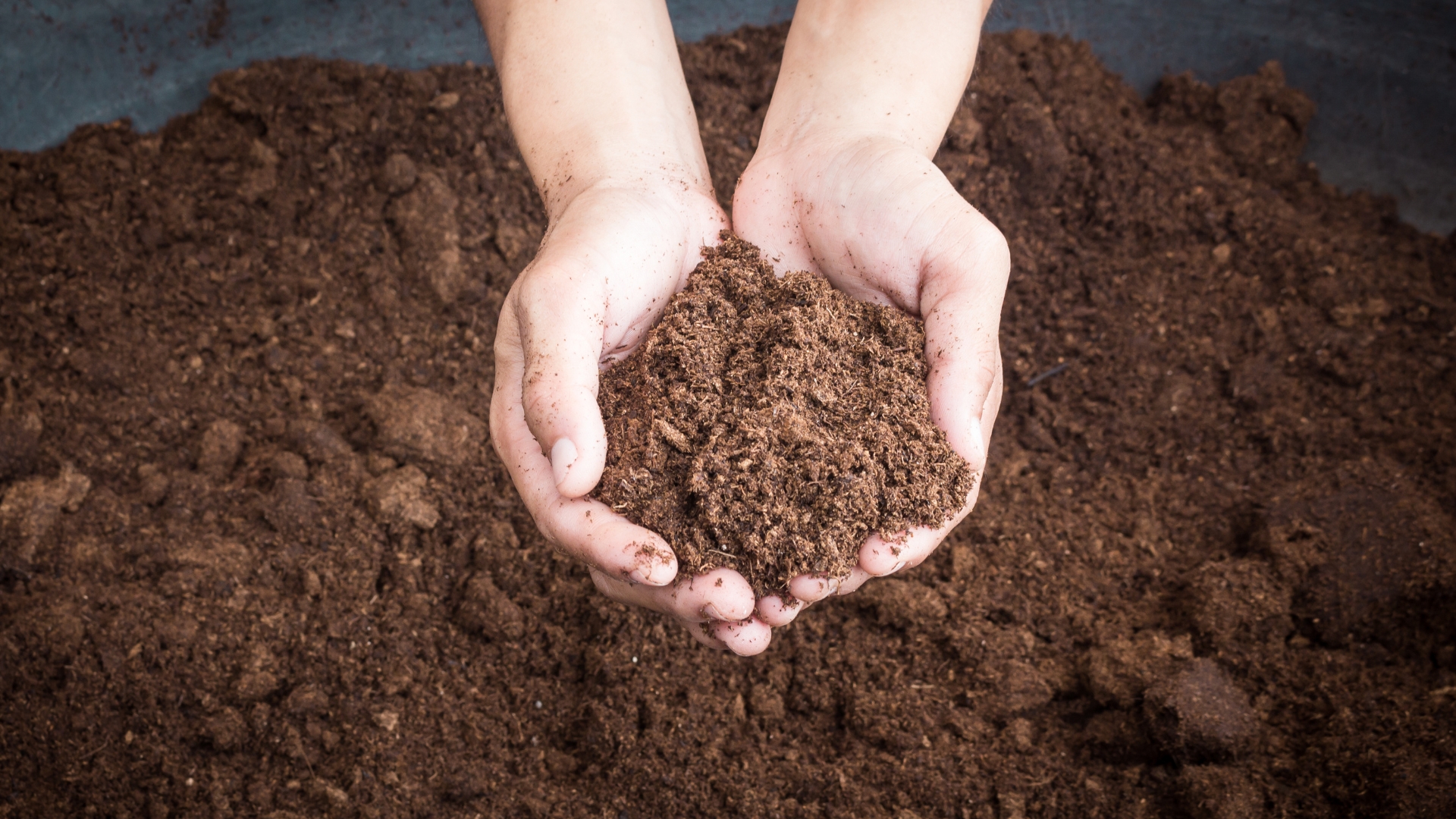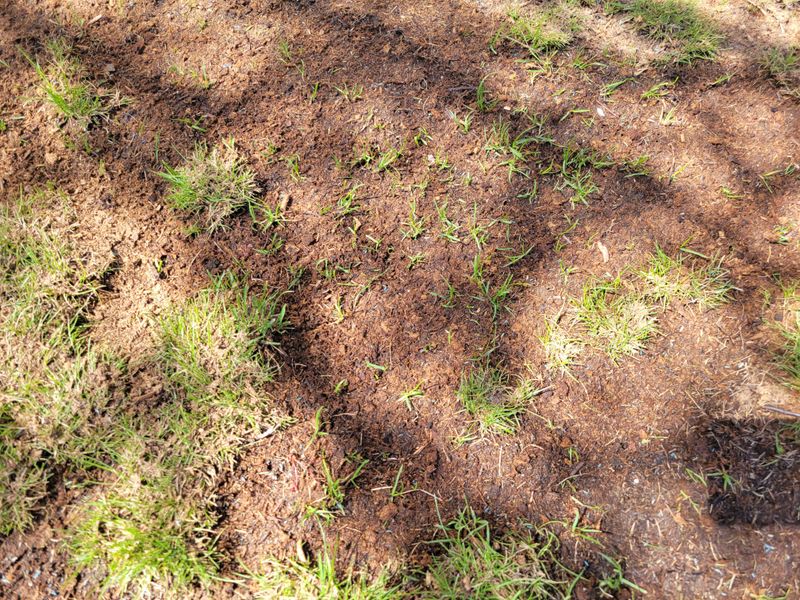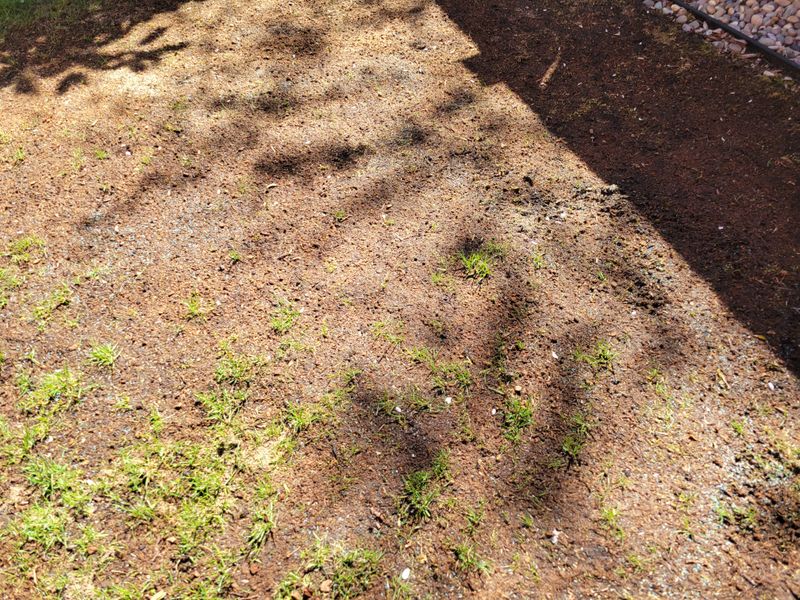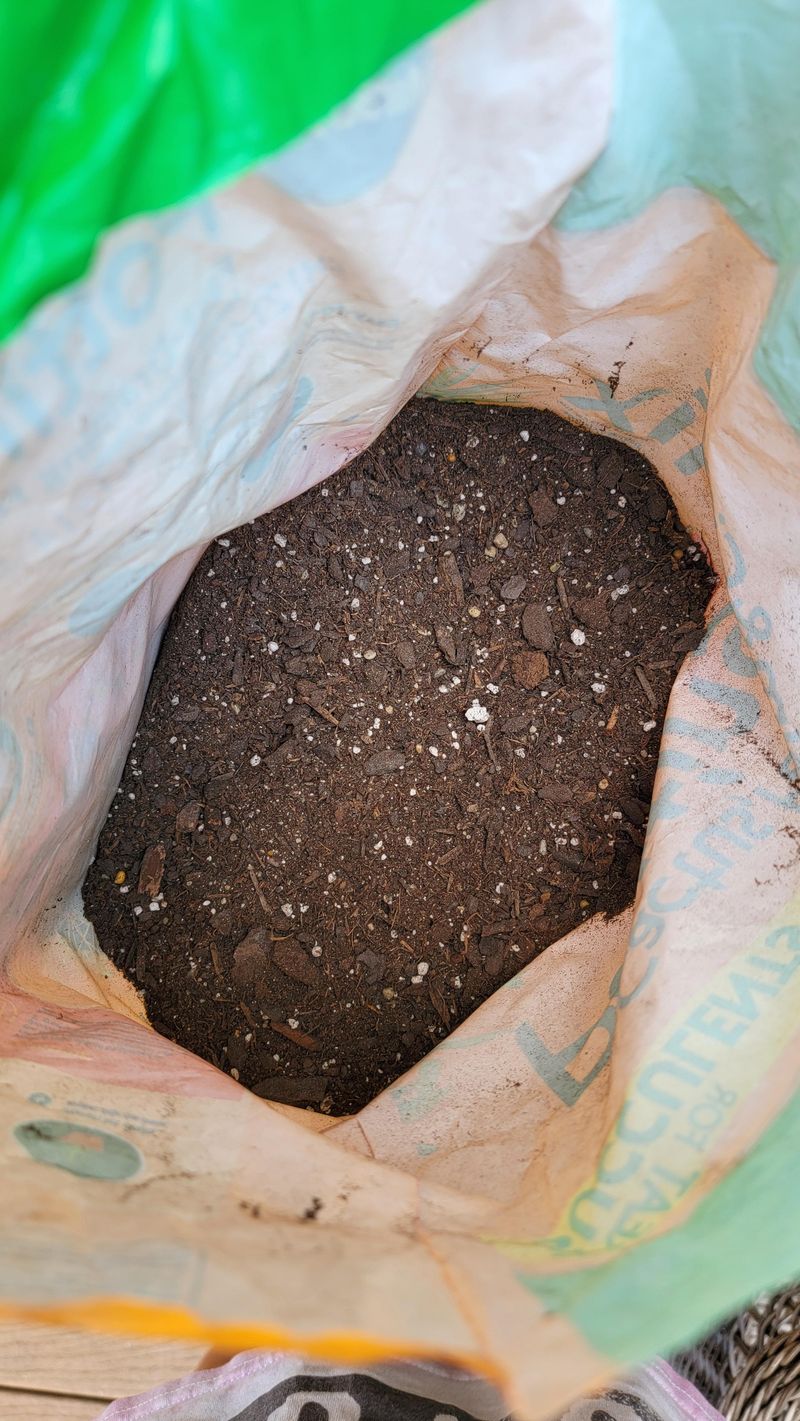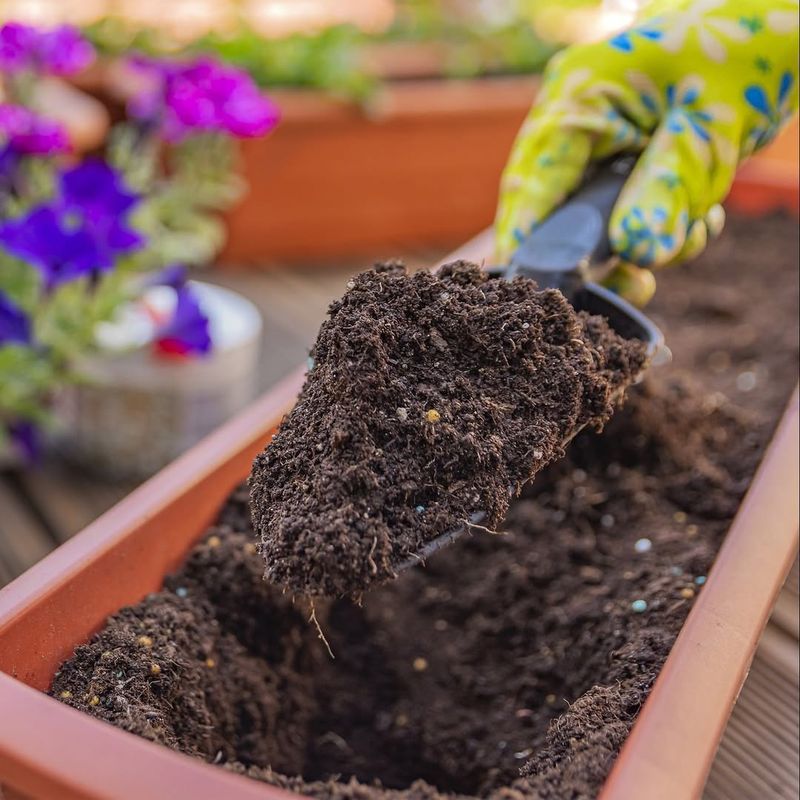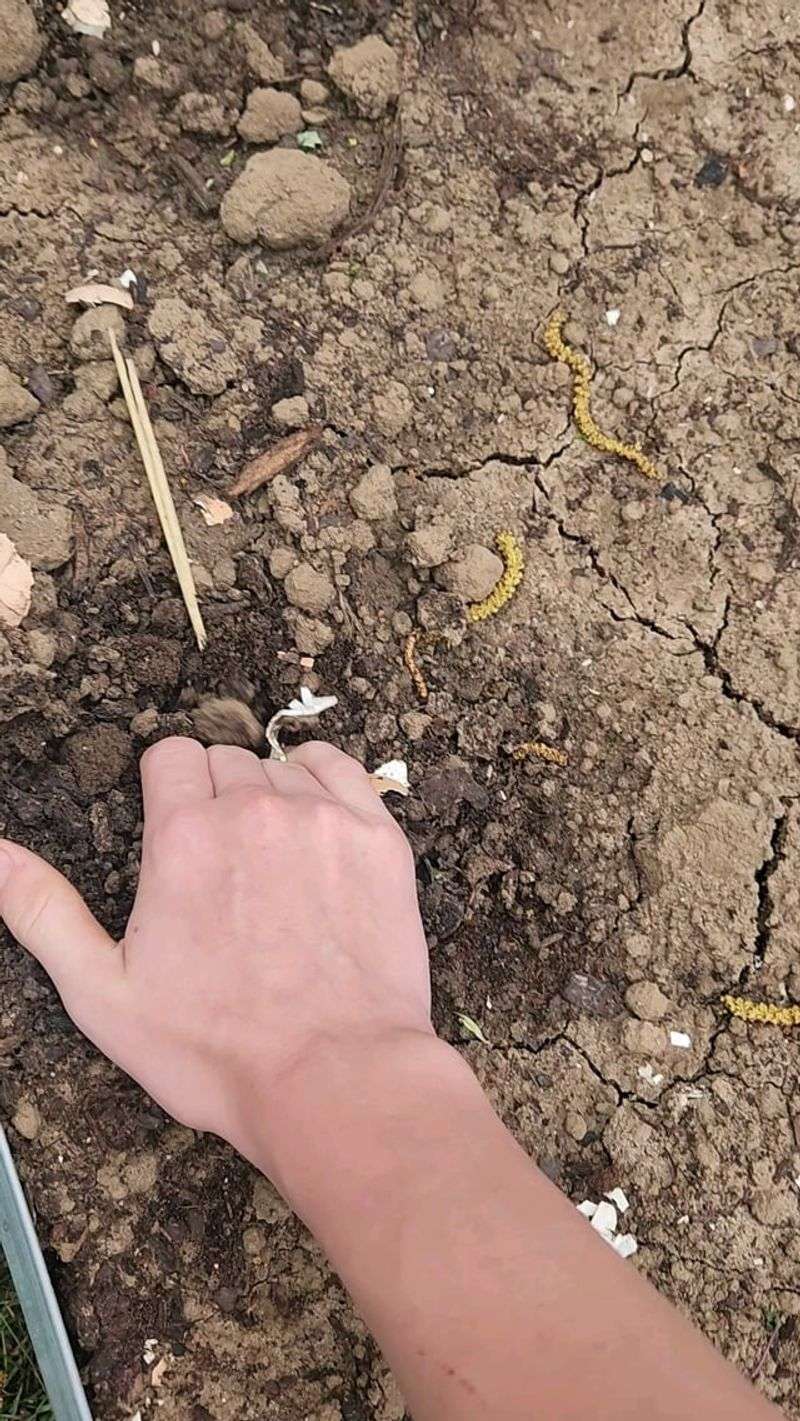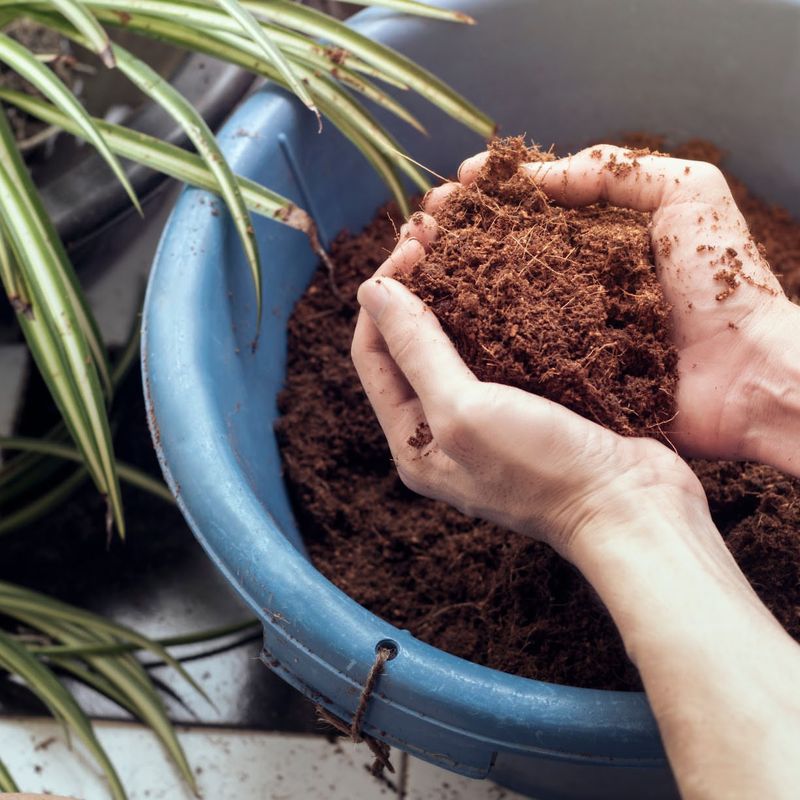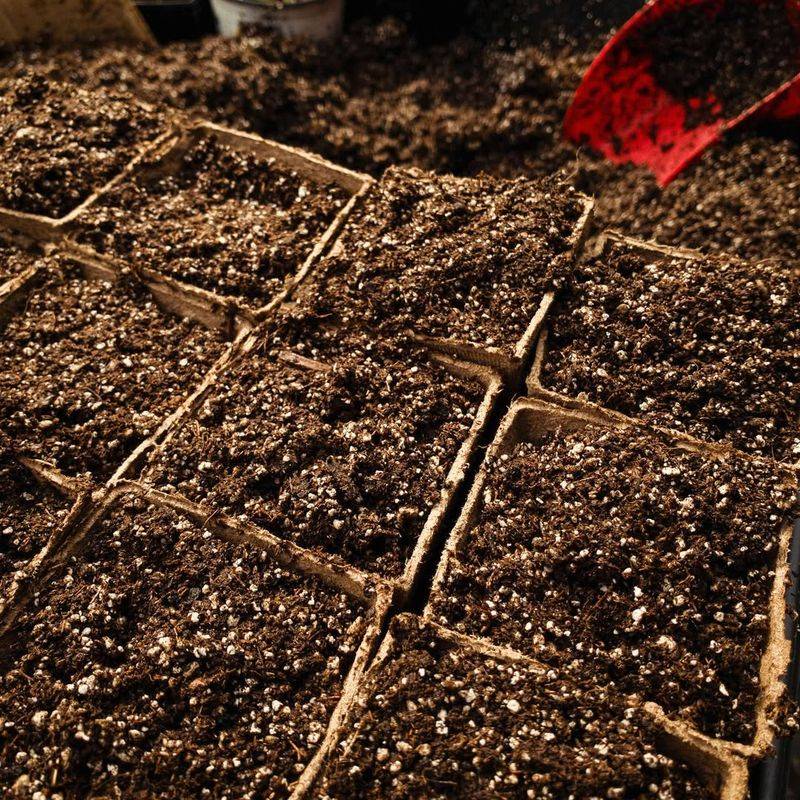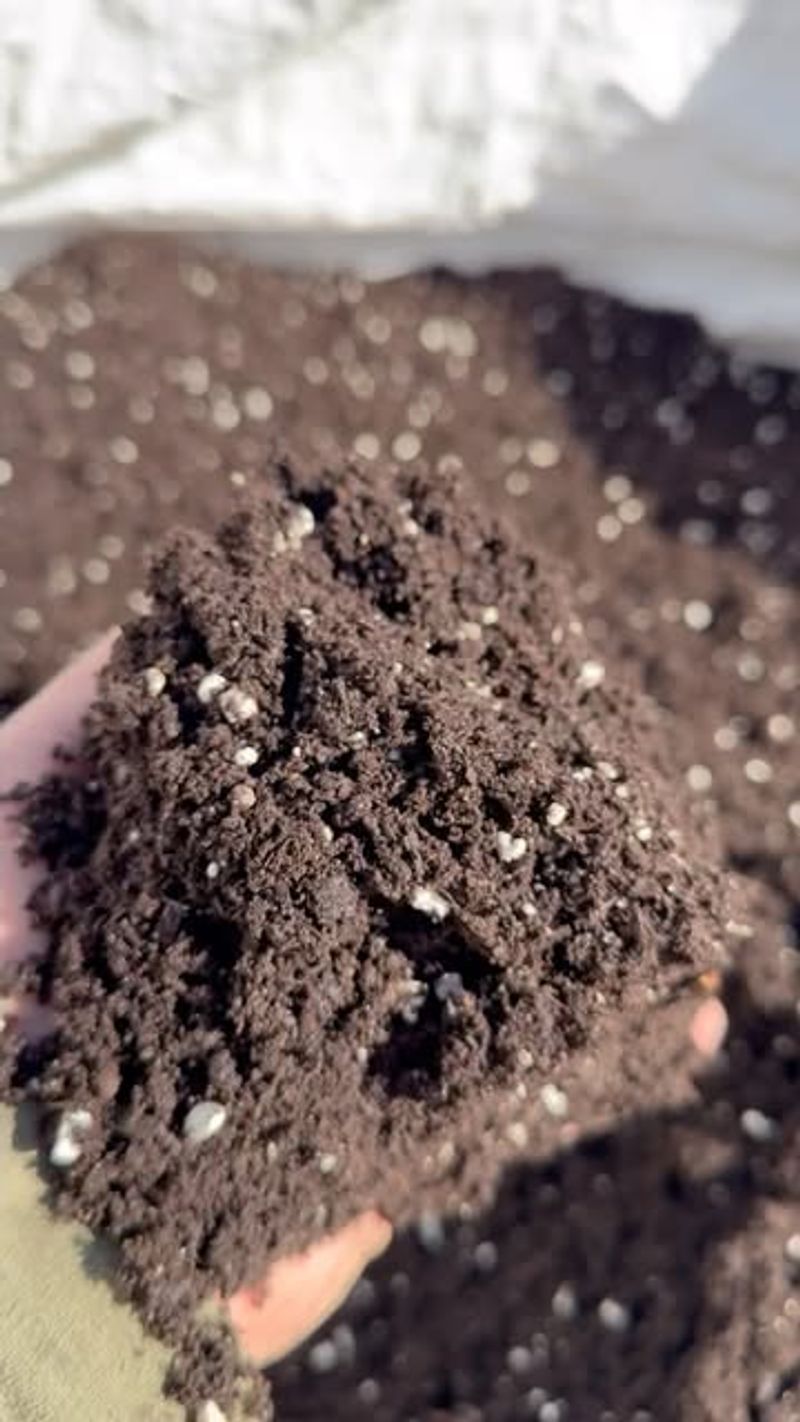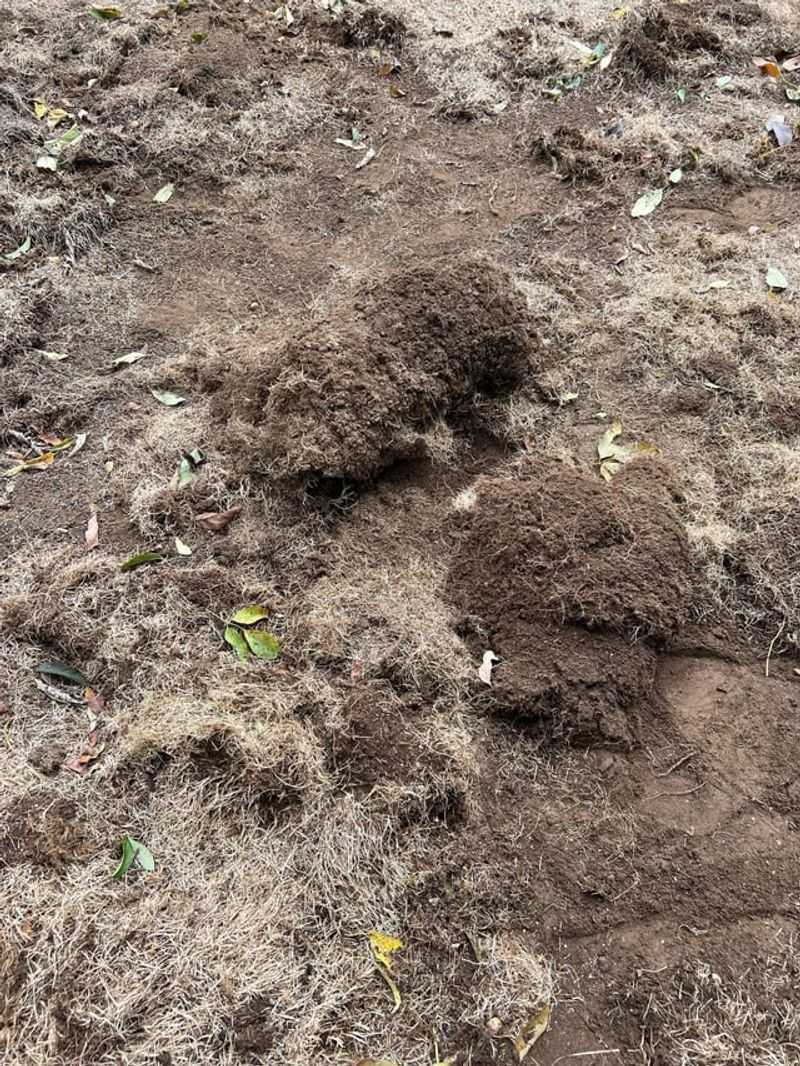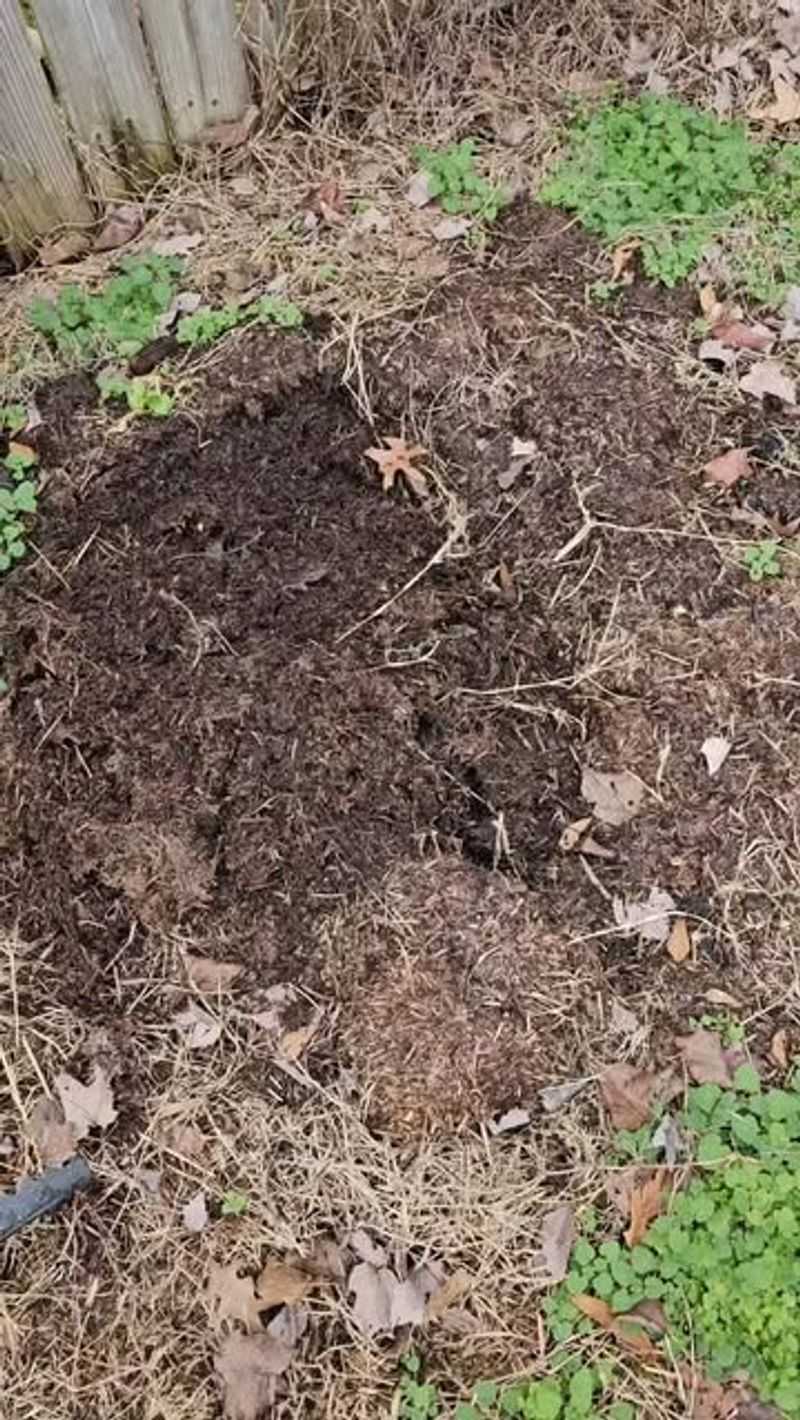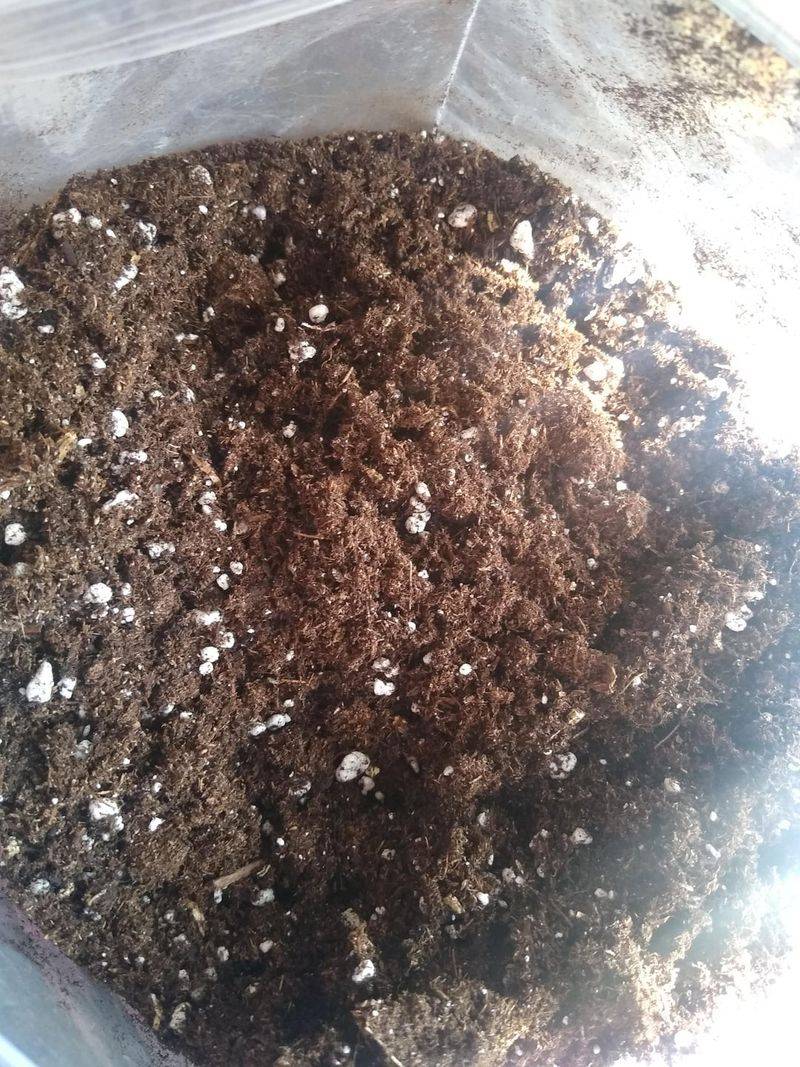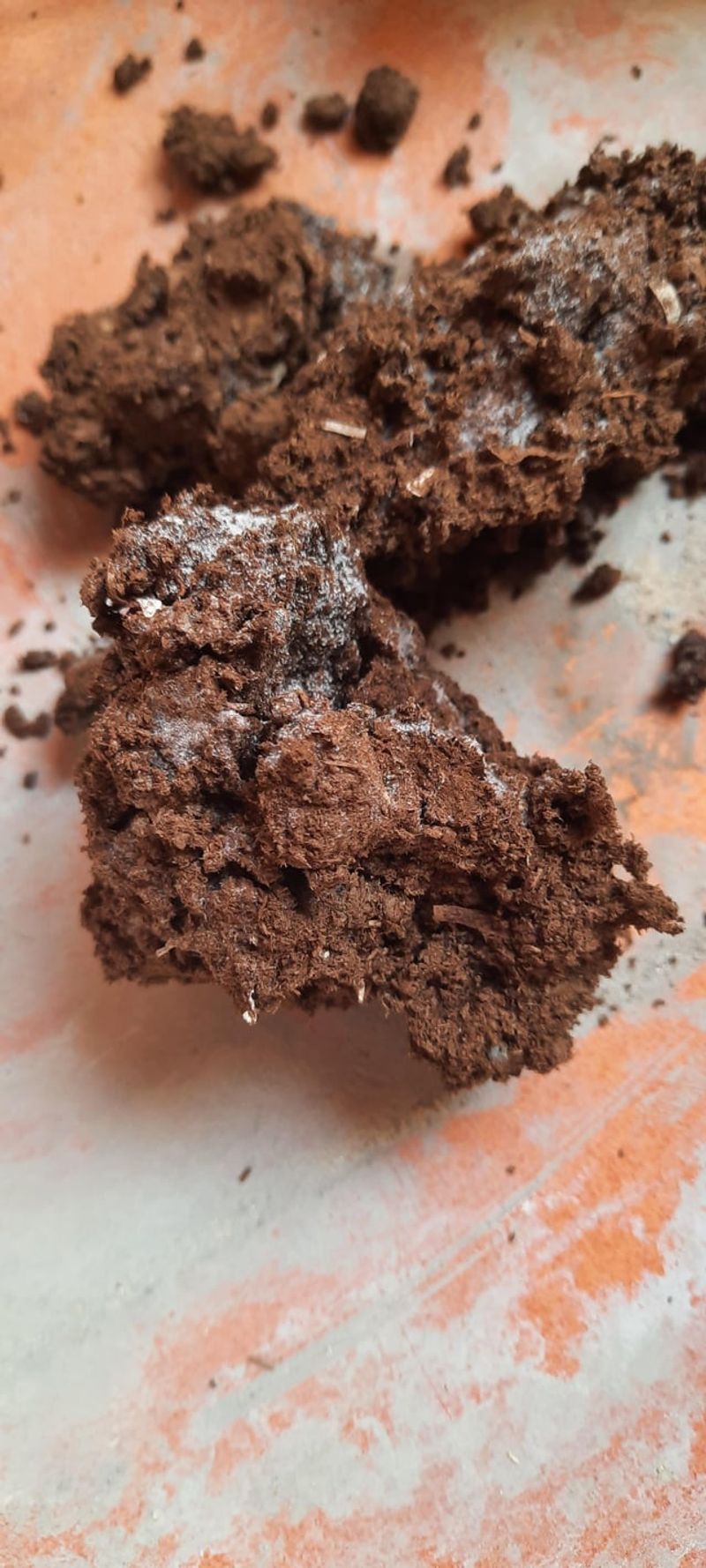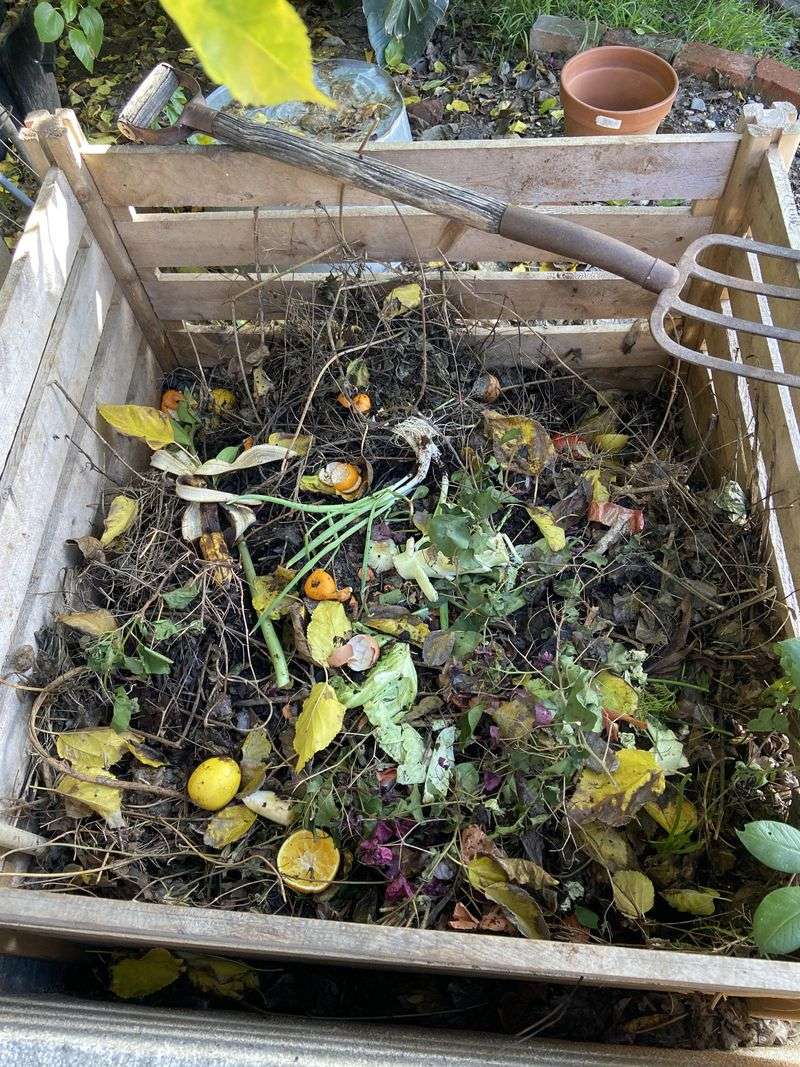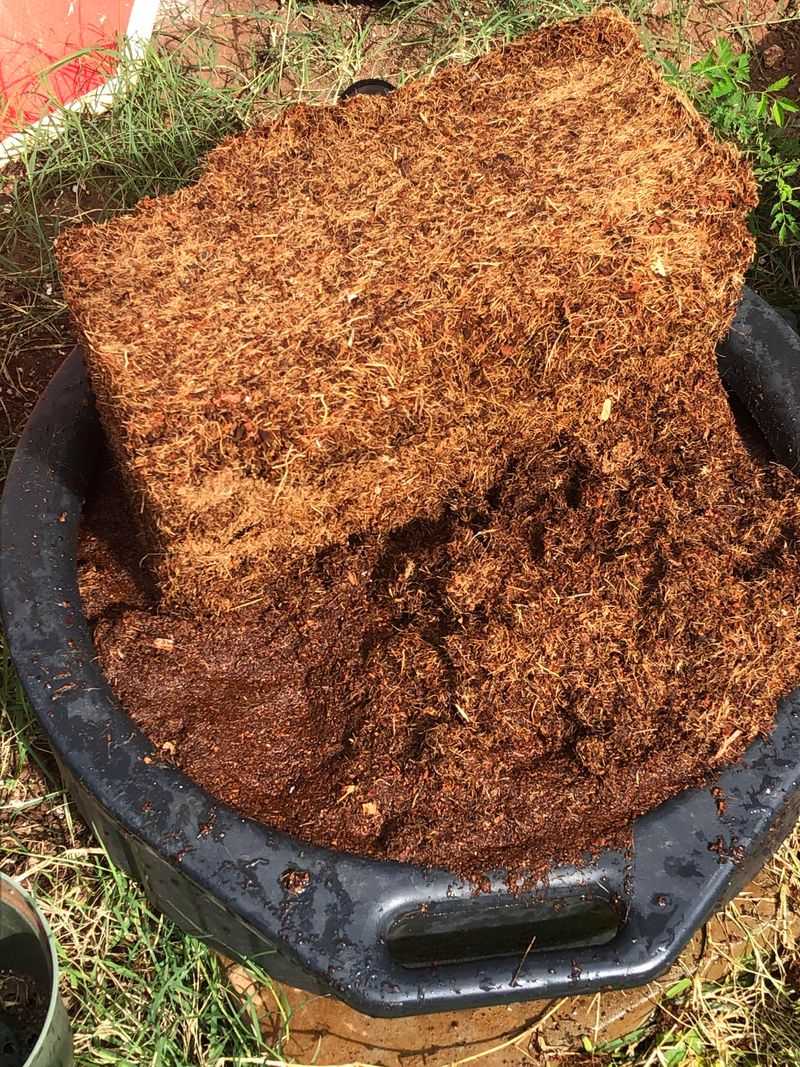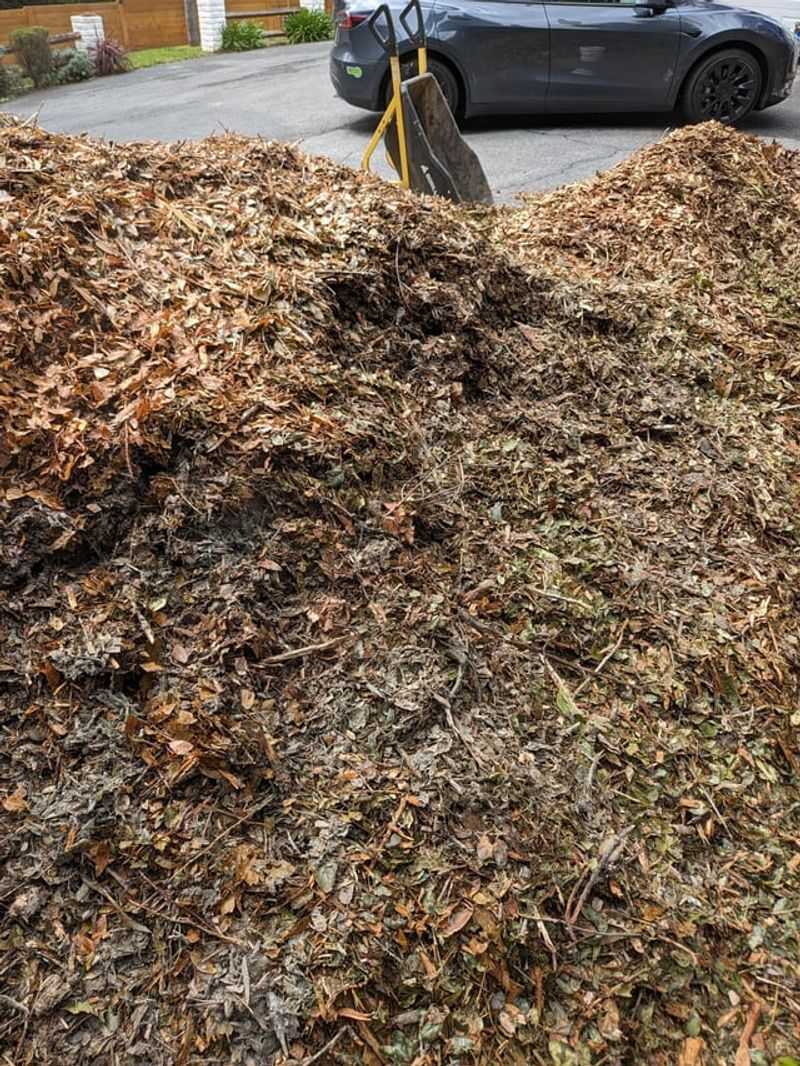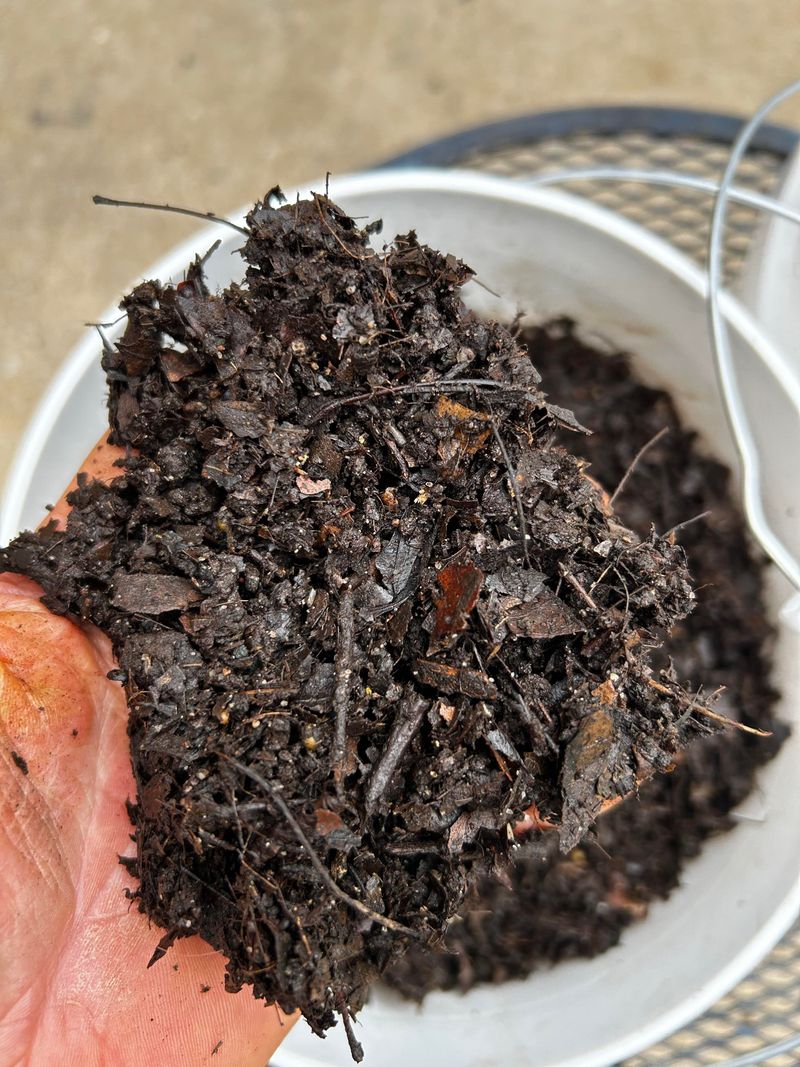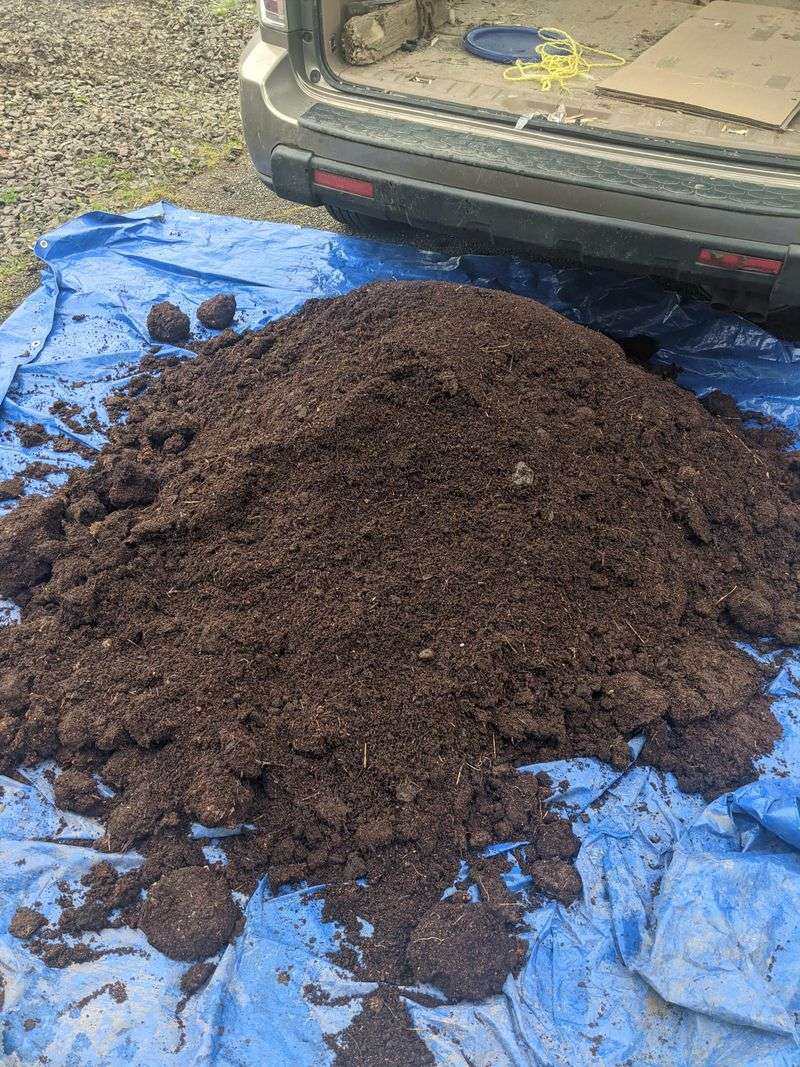Peat moss sounds fancy, right? I thought so too—until I used it and realized it’s not all sunshine and lush grass. It’s got some perks, sure, but also a few red flags that made me rethink the whole thing.
Before you grab a big bag of it for your lawn, there are a few things you should know. I’ve laid out the good, the bad, and what you could use instead if peat moss ends up not being your thing!
1. Improves Soil Structure
Peat moss is like the unsung hero of soil improvement! Imagine your lawn soil, rock-hard and compacted, begging for some relief.
Enter peat moss, with its magical ability to loosen up the soil structure. It acts like nature’s sponge, providing the perfect blend of aeration and moisture retention. More than just fluff, it’s an essential ingredient for healthy root growth, making your grass greener and happier.
By improving the soil’s structure, peat moss ensures that air and roots can move freely. This is especially beneficial for clay soils, which can be notoriously stubborn. Your lawn will thank you for delivering this earthy goodness!
2. Increases Moisture Retention
Picture a hot summer day, and your lawn is thirsting for a drink. Peat moss swoops in like a superhero, locking in moisture and giving your grass the hydration it craves. Its ability to retain water is unparalleled, and it keeps the soil moist longer than other amendments.
This is a game-changer for those dry spells when rainfall seems like a distant memory. With peat moss, your lawn stays refreshed and vibrant, even when the sun is relentless.
So, wave goodbye to parched patches and hello to consistent greenery, courtesy of peat moss’s moisture magic.
3. Supports Root Development
Roots, the unsung heroes of any lawn, thrive best when they have the right environment. Peat moss serves as a cozy blanket for roots, providing both protection and nourishment. It helps create a nurturing environment that encourages roots to spread and grow deeper.
This deeper root growth means stronger, more resilient grass, ready to withstand foot traffic and environmental stresses.
By incorporating peat moss, you’re essentially giving your lawn a robust foundation, setting the stage for a lush, enduring green carpet. Your lawn’s roots will feel pampered and ready to conquer the world beneath the surface!
4. Helps Acidify Soil
If your lawn dreams of a little acidity, peat moss is here to grant its wish. Naturally acidic, peat moss can nudge your soil’s pH down a notch, creating a friendlier environment for plants that love acidic conditions. Think azaleas, blueberries, and rhododendrons—they’ll be thrilled!
This feature can be a game-changer for gardeners struggling with alkaline soil, giving you more flexibility in your planting choices. However, it’s crucial to monitor pH levels to avoid going too acidic. With a little care, peat moss can bring harmony to your garden’s pH balance.
5. Improves Fertilizer Retention
Ever felt like your fertilizer just vanishes into thin air? Peat moss can lend a helping hand! Its spongy nature helps fertilizers stick around longer, ensuring that nutrients are readily available for your lawn. This means you’ll get more bang for your buck with each application.
By enhancing fertilizer retention, peat moss ensures that your grass receives a steady supply of nutrients over time. No more sporadic growth spurts or nutrient imbalances. Just consistent, lush greenery that makes your lawn the envy of the neighborhood. Peat moss turns your fertilizer into a long-lasting ally.
6. Decomposes Slowly
Patience is a virtue, especially when it comes to peat moss. Unlike compost, peat moss takes its sweet time to break down, providing a slow and steady release of nutrients. This slow decomposition process means it keeps supporting your soil structure and nutrient levels over an extended period.
This means less frequent applications and more consistent growth for your lawn. It’s like having a time-release capsule for your garden, steadily working in the background to keep everything lush and vibrant. Peat moss’s slow decay is its strength, making it a reliable garden companion for the long haul.
7. Improves Aeration
Peat moss is like a breath of fresh air for your soil! By loosening compacted areas, it creates tiny pockets of air that roots need to thrive. It’s especially beneficial for lawns that suffer from heavy, clay-like soils that tend to suffocate roots.
This improved aeration not only helps roots but also encourages beneficial microbes to flourish. These underground helpers further enhance soil health, creating a supportive environment where grass can grow strong and lush.
8. Promotes Healthy Microorganisms
Think of peat moss as a hotel for friendly soil microorganisms. These tiny fellows play a crucial role in breaking down organic matter and releasing nutrients. By adding peat moss, you create a welcoming home for these beneficial microbes.
This symbiotic relationship helps improve soil fertility, leading to healthier plants and a more vibrant lawn. The presence of these microorganisms also contributes to disease resistance, keeping your lawn robust and resilient. Peat moss fosters a lively underground community that works tirelessly to keep your garden flourishing.
9. Reduces Soil Erosion
When it comes to battling soil erosion, peat moss is a silent champion. By binding soil particles together, it significantly reduces the risk of erosion, especially on slopes and uneven terrain. This stability ensures that your lawn remains intact, even during heavy rains.
Peat moss’s ability to retain moisture also aids in this battle, as it helps the soil remain cohesive. The result? A lawn that stands strong, with minimal soil displacement and healthier plant life. Peat moss ensures your lawn stays put, no matter what the weather throws its way.
10. Affordable Option
For gardeners mindful of their budget, peat moss is a cost-effective solution for lawn care. Compared to other soil amendments, it offers a balance of affordability and benefits that are hard to beat.
While it may not be the cheapest option initially, its long-lasting effects mean fewer applications and less frequent purchases.
This makes it a wise investment for those looking to maintain a healthy lawn without breaking the bank. Peat moss provides gardeners with a practical and economical choice that pays dividends over time.
11. Non-Renewable Resource
Peat moss, despite its benefits, is a non-renewable resource. Harvested from peat bogs, it takes thousands of years to form, making its extraction a point of environmental concern.
The depletion of peat bogs not only affects biodiversity but also releases stored carbon, contributing to climate change.
These environmental impacts have led many to seek more sustainable alternatives. While peat moss may offer short-term gains for your lawn, it’s important to weigh these against the long-term ecological costs.
12. Expensive in the Long Term
Although peat moss may seem affordable initially, its long-term cost can add up. Over time, repeated purchases and applications can become a significant expense for homeowners. For those committed to sustainable gardening, these costs can be a deterrent.
Investing in alternatives that offer similar benefits without the need for regular replacement might be more economical. While peat moss has its merits, savvy gardeners might consider the cumulative expense and explore more sustainable, budget-friendly options over time.
13. Can Alter pH Too Much
Peat moss’s acidic nature can be a double-edged sword. While beneficial for acid-loving plants, it might lead to overly acidic soil if used in excess. This change can affect nutrient availability, potentially stressing plants that prefer neutral conditions.
Monitoring pH levels becomes crucial to avoid tipping the balance. Gardeners must be vigilant, adjusting their soil management strategies accordingly. Peat moss requires careful handling to ensure it enhances rather than hinders your lawn’s health and productivity.
14. Risk of Habitat Destruction
The extraction of peat moss often leads to habitat destruction. Peatlands are vital ecosystems, home to unique flora and fauna that rely on these environments.
Harvesting peat moss disrupts these habitats, potentially leading to loss of biodiversity. This ecological impact has sparked debates on the sustainability of peat moss use.
Gardeners must consider these environmental consequences when choosing peat moss, balancing the benefits against the potential harm to natural habitats.
15. May Contain Pests or Weeds
Occasionally, peat moss can be a sneaky carrier of pests or weed seeds. Despite being a natural product, it’s not immune to contamination.
This means gardeners must remain vigilant, inspecting and managing any unexpected visitors in their lawn. Awareness and regular monitoring can mitigate these risks, ensuring peat moss remains an asset rather than a headache. Peat moss may require a little extra attention to keep your garden pest-free and flourishing.
16. Compost
Compost is nature’s way of recycling, turning kitchen scraps and yard waste into garden gold. Unlike peat moss, compost is a renewable resource, offering a plethora of nutrients that enrich the soil.
Using compost can improve soil structure, water retention, and fertility, much like peat moss, but without the environmental concerns. It’s also a more sustainable option, aligning with eco-friendly gardening practices. For those looking to reduce their carbon footprint, compost is an excellent peat moss alternative.
17. Coconut Coir
Coconut coir, derived from coconut husks, is a sustainable alternative to peat moss. It’s a byproduct of the coconut industry, making it an eco-friendly choice that doesn’t deplete natural resources.
Similar to peat moss, coconut coir improves soil aeration and retains moisture. Yet, it doesn’t alter soil pH, providing a balanced growing environment. Gardeners seeking a greener approach will find coconut coir to be a versatile and effective substitute for peat moss in their lawns.
18. Bark Mulch
Bark mulch, made from the outer layers of trees, offers a natural alternative to peat moss. It helps retain moisture, suppress weeds, and improve soil fertility over time.
As it decomposes, bark mulch enriches the soil, much like peat moss, but without the environmental drawbacks. It’s a versatile and attractive option for gardeners looking to enhance their soil and reduce their environmental impact. Bark mulch can transform your lawn into a sustainable sanctuary.
19. Leaf Mold
Leaf mold is a gardener’s secret weapon, made by decomposing fall leaves into rich, crumbly humus. It’s an excellent peat moss alternative, enhancing soil structure, moisture retention, and fertility.
Unlike peat moss, leaf mold is completely renewable, created from what nature provides each autumn. This sustainable choice aligns with eco-friendly gardening practices, helping gardeners maintain lush lawns without depleting natural resources.
Leaf mold is a testament to nature’s cyclical beauty, providing nourishment season after season.
20. Aged Manure
Aged manure is a nutrient powerhouse, offering a natural alternative to peat moss. Rich in organic matter, it enhances soil fertility, structure, and moisture retention.
Unlike peat moss, aged manure is a renewable resource, supporting sustainable gardening practices. It provides a balanced nutrient profile that fosters healthy plant growth, making it a valuable addition to any lawn care routine.

